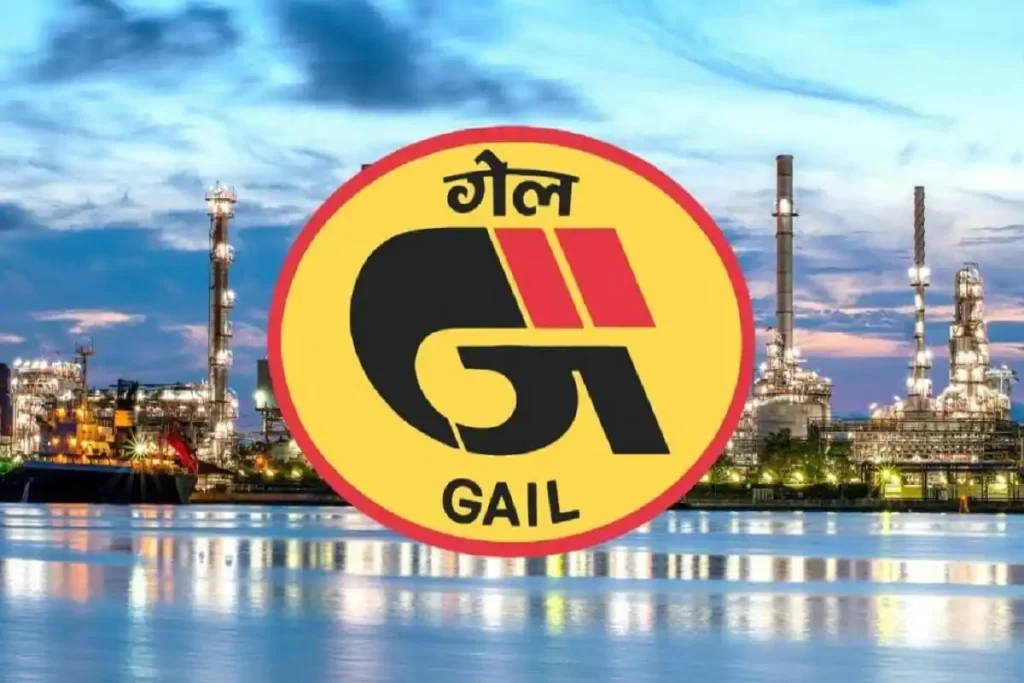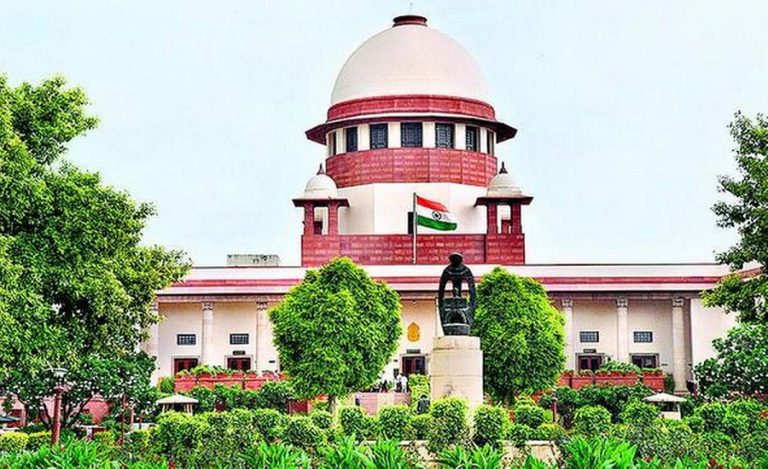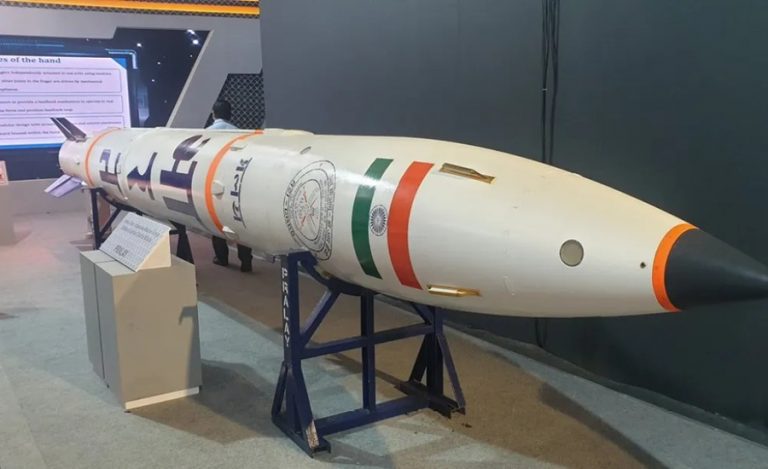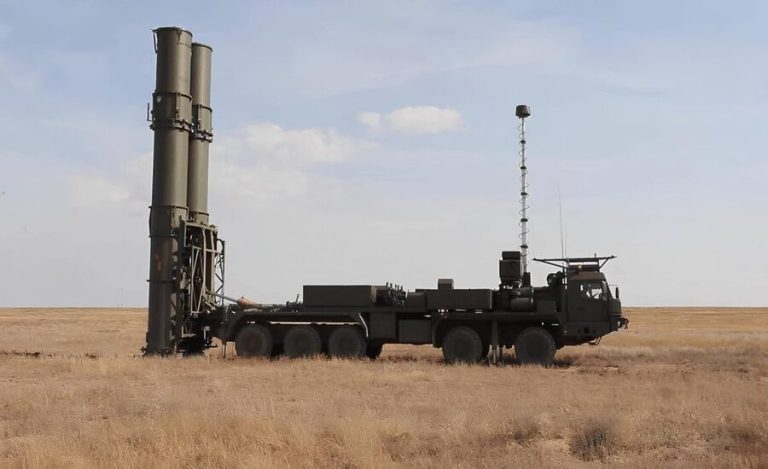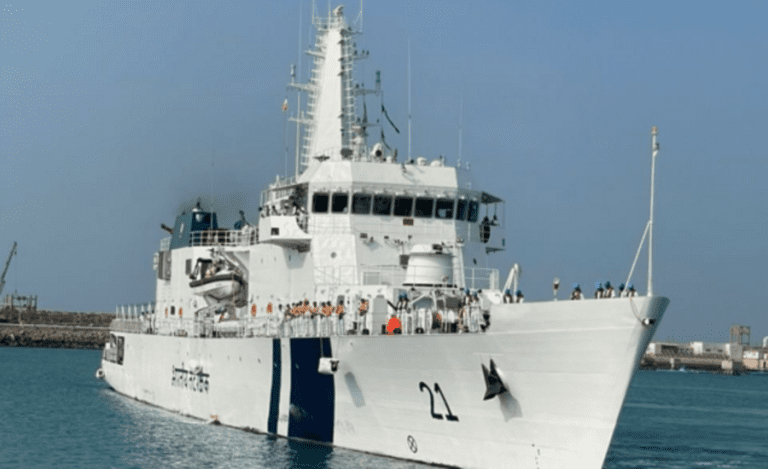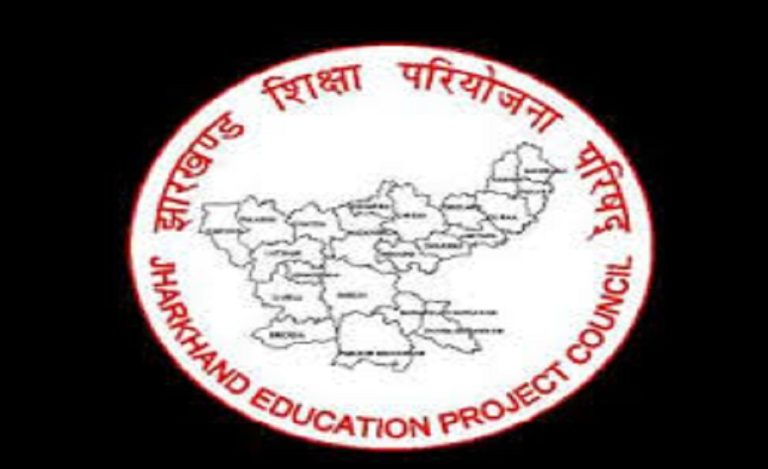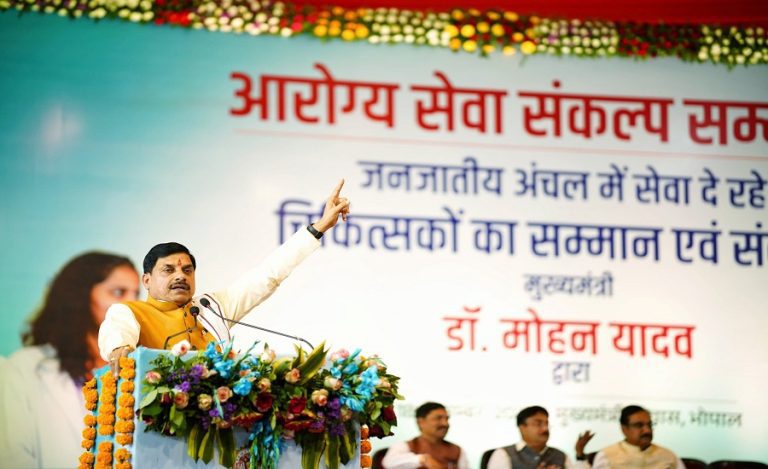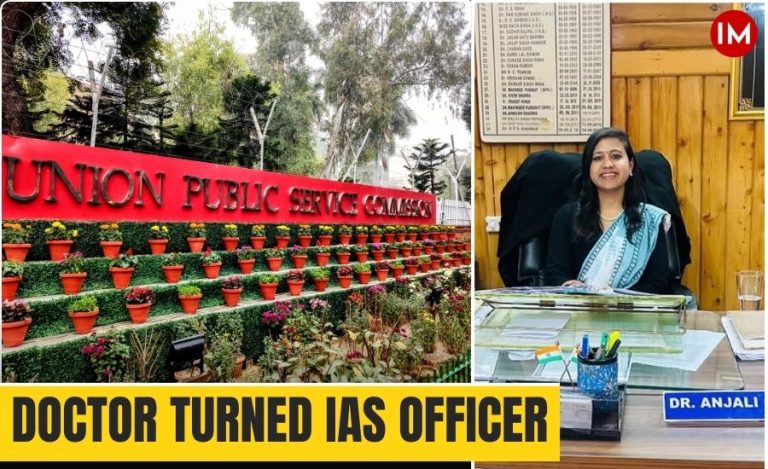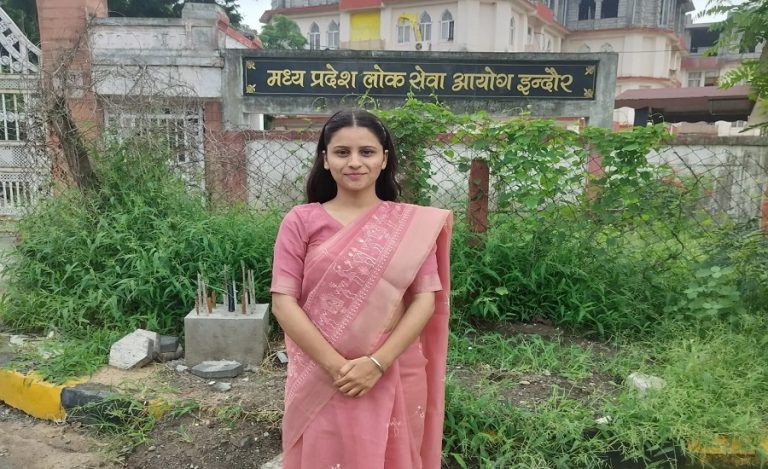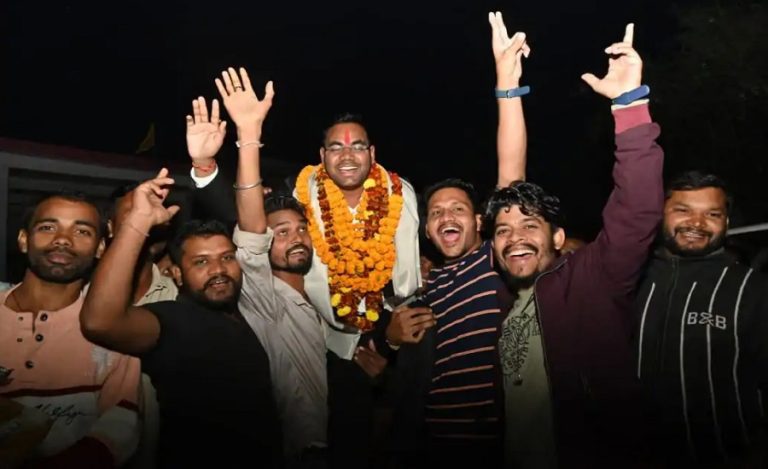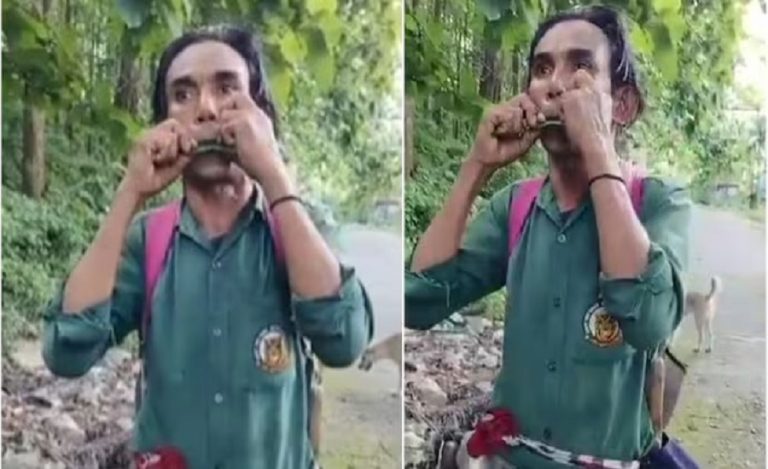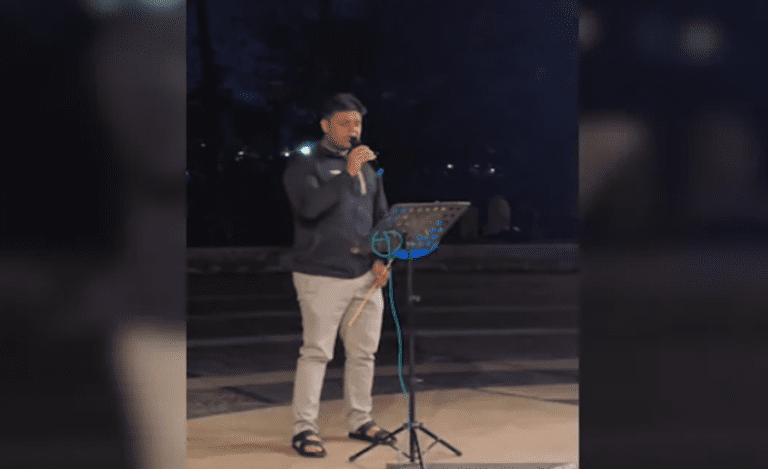GAIL (India) Limited has announced that the ambitious Jagdishpur–Haldia–Bokaro–Dhamra Pipeline (JHBDPL)—popularly known as the Pradhan Mantri Urja Ganga project—has reached a major milestone, with over 97.6% of the pipeline laid and 96.6% of the network already under commercial operation.
The integrated project, including the Barauni–Guwahati pipeline extension, spans 3,306 km and cuts across six states: Uttar Pradesh, Bihar, Jharkhand, Odisha, West Bengal, and Assam. So far, GAIL has laid 3,227 km of pipeline, with commercial operations starting along 3,119 km. The pipeline covers key segments such as Phulpur–Dobhi–Bokaro—Durgapur, Bokaro–Angul—Dhamra, and Dobhi–Barauni–Guwahati.
Currently, the pipeline is transporting around 12.26 MMSCMD (Million Standard Cubic Metres Per Day) of natural gas to a diverse customer base that includes four major fertilizer plants, two refineries at Barauni and Paradip, several industrial units, and 32 City Gas Distribution (CGD) networks in cities including Varanasi, Patna, Ranchi, Jamshedpur, Bhubaneswar, Cuttack, and Kolkata.
In the Durgapur–Haldia segment (294 km), 132 km up to Kolkata is operational, while 103 km of the remaining 162 km to Haldia has been completed. Similarly, in the Dhamra–Haldia section (240 km), 198 km has been laid.
Due to challenges related to Right of Use (RoU) acquisition, the completion deadline for both segments has been extended from March 2025 to December 2025.
Once fully commissioned, the project will boost gas supply to the Haldia refinery and extend natural gas access to Howrah, Hooghly, Purba Medinipur, Paschim Medinipur, and nearby industrial hubs—further strengthening the energy ecosystem in Eastern India.
The Pradhan Mantri Urja Ganga project is a cornerstone of India’s energy infrastructure strategy, aimed at expanding natural gas access to underdeveloped and underserved regions, in line with the government’s vision of a gas-based economy.

